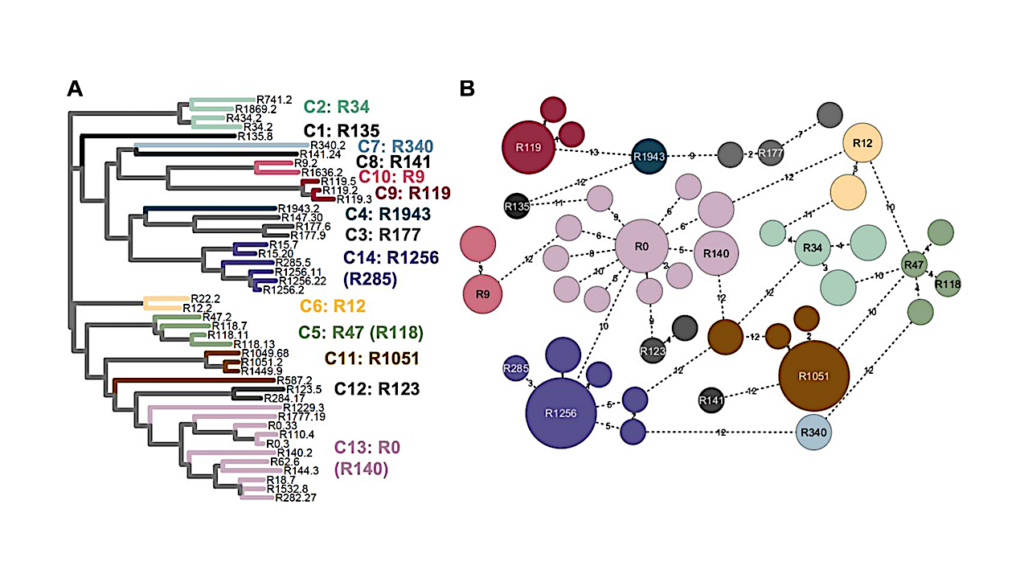Cellular Division Strategy Shared Across All Domains Of Life

The three domains of life – archaea, bacteria, and eukarya – may have more in common than previously thought. Over the past several years, Ariel Amir, Assistant Professor in Applied Mathematics at the Harvard John A. Paulson School of Engineering and Applied Sciences (SEAS) has been studying how cells regulate size.
In previous research, he and his collaborators found that E. coli (bacteria) and budding yeast (eukaryote) use the same cellular mechanisms to ensure uniform cell sizes within a population.
Now, with a team of collaborators including Ethan Garner, the John L. Loeb Associate Professor of the Natural Sciences at Harvard, and Amy Schmid, Assistant Professor of biology at Duke University, Amir found that archaea use the very same mechanism.
The research is published in Nature Microbiology.
“These findings raise really interesting questions about how cellular mechanics evolved independently across all three domains of life,” said Amir. “Our results will serve as a useful foundation for, ultimately, understanding the molecular mechanisms and evolution of cell cycle control.”
Archaea are single-celled microorganisms that inhabit some of Earth’s most extreme environments, such as volcanic hot springs, oil wells and salt lakes. They are notoriously difficult to cultivate in a lab and, as such, are relatively understudied.

Archaea inhabit some of Earth’s most extreme environments, such as this salt lake in Bolivia (Image courtesy of Ariel Amir/Havard SEAS)
“Archaea are unique because they blend a lot of the characteristics of both bacteria and eukaryotes,” said Dr. Yejin Eun, first author of the paper. “Archaea resemble bacterial cells in size and shape but their cell cycle events — such as division and DNA replication — are a hybrid between eukaryotes and bacteria.”
The researchers studied Halobacterium salinarum, an extremophile that lives in high-salt environments. They found that like bacteria and budding yeast, H. salinarum controls its size by adding a constant volume between two events in the cell cycle. However, the researchers found that H. salinarum are not as precise as E.coli and there was more variability in cell division and growth than in bacterial cells.
“This research is the first to quantify the cellular mechanics of size regulation in archaea,” said Amir. “This allows us to quantitatively explore how these mechanisms work, and build a model that explains the variability within the data and the correlations between key properties of the cell cycle. Eventually, we hope to understand just what makes this cellular mechanism so popular across all domains of life.”
This research was also coauthored by Po-Yi Ho, Minjeong Kim, Lars Renner, Salvatore LaRussa, and Lydia Robert.
This research was supported in part by the National Institute of Health and the National Science Foundation.








